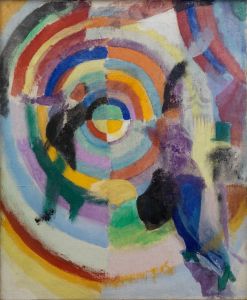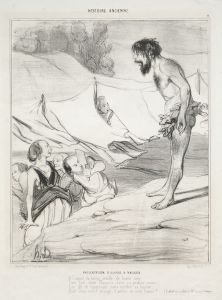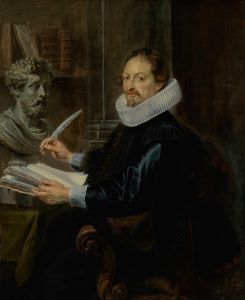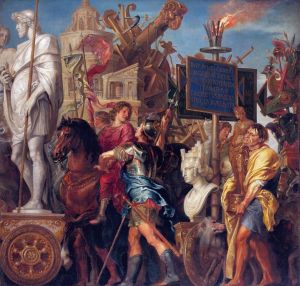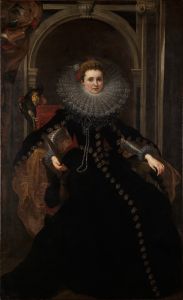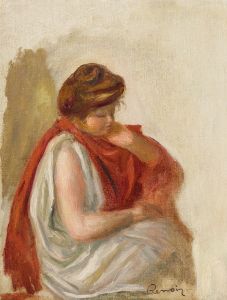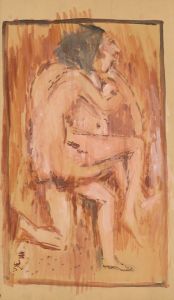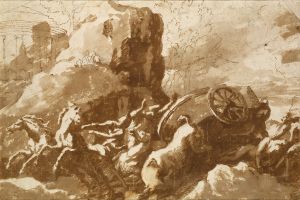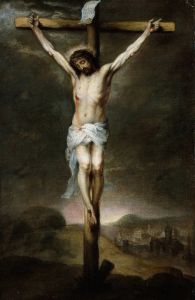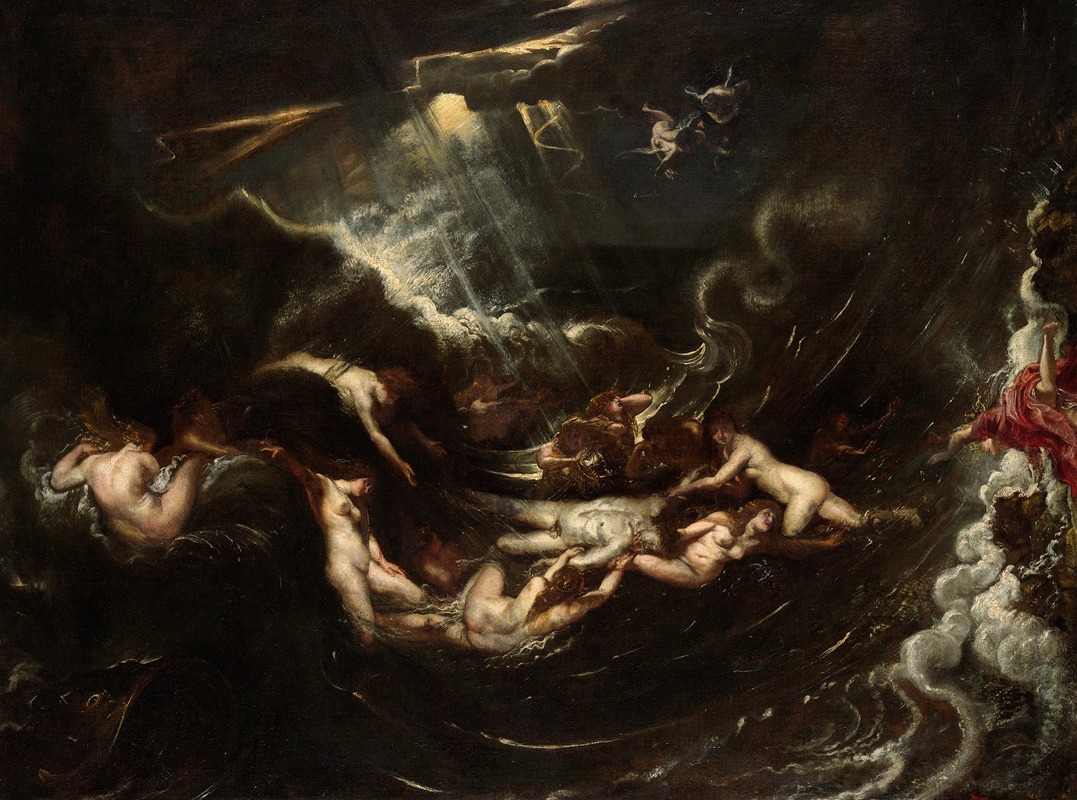
Hero And leander
A hand-painted replica of Peter Paul Rubens’s masterpiece Hero And leander, meticulously crafted by professional artists to capture the true essence of the original. Each piece is created with museum-quality canvas and rare mineral pigments, carefully painted by experienced artists with delicate brushstrokes and rich, layered colors to perfectly recreate the texture of the original artwork. Unlike machine-printed reproductions, this hand-painted version brings the painting to life, infused with the artist’s emotions and skill in every stroke. Whether for personal collection or home decoration, it instantly elevates the artistic atmosphere of any space.
Peter Paul Rubens, a prominent Flemish Baroque painter, is renowned for his dynamic compositions, vibrant color palette, and expressive figures. Among his extensive oeuvre, the painting "Hero and Leander" is a notable work that illustrates his mastery in depicting mythological subjects. This painting draws on the tragic love story of Hero and Leander, a popular theme in art and literature.
The myth of Hero and Leander originates from Greek mythology and tells the tale of two lovers separated by the Hellespont, a narrow strait in present-day Turkey. Hero, a priestess of Aphrodite, lived in a tower on one side of the strait, while Leander, a young man from the opposite shore, would swim across the waters each night to be with her. Their love story ends in tragedy when Leander drowns during a stormy night, and Hero, upon discovering his fate, throws herself into the sea to join him in death.
Rubens' interpretation of this myth captures the dramatic and emotional intensity of the narrative. Although specific details about the painting's creation and current location are limited, Rubens' style during the early 17th century often involved the use of dynamic compositions and a rich, warm color palette, which would have been employed to convey the passion and tragedy of Hero and Leander's story.
In Rubens' work, the figures are typically rendered with a sense of movement and vitality, characteristic of the Baroque period's emphasis on drama and emotion. The artist's ability to depict the human form with anatomical precision and expressive gestures would have been utilized to enhance the narrative's emotional impact. The use of light and shadow, another hallmark of Rubens' technique, would serve to highlight the central figures and create a sense of depth and immediacy.
While the exact dimensions and medium of "Hero and Leander" by Rubens are not well-documented, his paintings were often executed in oil on canvas or panel, allowing for the rich texture and detail that define his work. Rubens' influence from Italian Renaissance artists, particularly his admiration for the works of Titian and Michelangelo, is evident in his approach to composition and form.
Rubens' "Hero and Leander" reflects the broader cultural and artistic trends of the Baroque period, which favored dramatic storytelling and emotional expression. The painting not only showcases Rubens' technical skill but also his ability to convey complex narratives through visual art. As with many of Rubens' mythological paintings, "Hero and Leander" would have been intended for an audience familiar with classical literature and appreciative of the allegorical and moral themes often explored in such works.
In summary, while specific details about Rubens' "Hero and Leander" are scarce, the painting exemplifies the artist's Baroque style and his talent for bringing mythological stories to life with emotional depth and visual dynamism.





